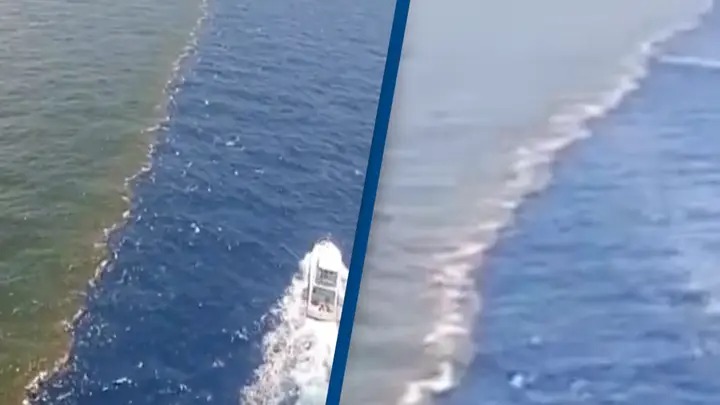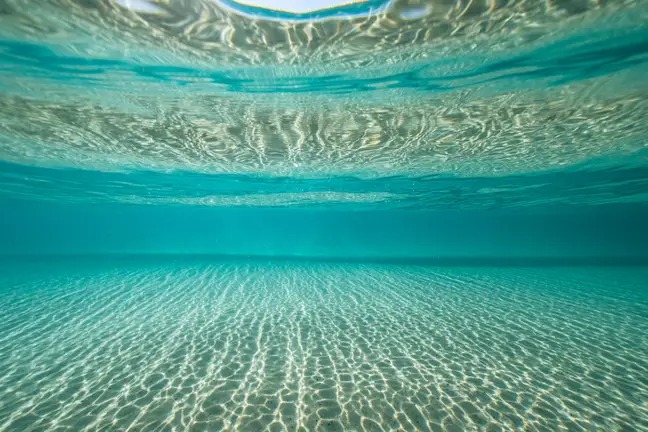
An incredible point where the Mississippi River meets the Gulf of Mexico is depicted in a video, leaving people in awe.
However, there is a concerning reason why the phenomenon takes place.
Below, you can view the peculiar scene:
The video actually depicts a “dead zone” in the Gulf of Mexico.
The Mississippi River is nearby, but the dead zone is artificial. The cause is actually a “man-made hypoxic event” that is “harmful” to the environment.
The dead zone fluctuates and is caused by the Mississippi River’s high nutrient water flowing into the Gulf, according to Snopes, which explains exactly what’s happening in the video.
The outcome? disrupted food chains, waters with low oxygen levels, and significant algae blooms.
According to Snopes, the Mississippi River and the Gulf of Mexico receive 41 percent (1.2 million square miles) of the nation’s total precipitation.
“Farmland makes up the majority of the land in Mississippi’s watershed. Agricultural runoff, which occurs when rain causes fertilizer to wash off the land and into streams and rivers, is responsible for 70% of the nutrient loads that result in hypoxia.
Additionally, 12 million people reside in urban areas along the Mississippi River, and these areas frequently discharge treated sewage into rivers, according to the website.
“Nutrients like nitrogen and phosphorous that are crucial for phytoplankton growth are present in farm and urban discharge. Rivers discharge about 1.7 million tons of these nutrients into the Gulf of Mexico annually.

What is the outcome of such a massive influx of nutrients? massive blooms of phytoplankton. These then cause zooplankton, which consume phytoplankton, to increase.
On the seafloor, dead phytoplankton and zooplankton accumulate. As they decompose, oxygen is depleted, creating dead zones, which are hypoxic regions.
Since the beginning of research in the 1960s, there have been four times as many dead zones as there were, and there are now at least 700 places where the oxygen level is dangerously low. Previously, there were only 45 such places.
As a result, many important ecosystems are in danger of collapsing, and it has been determined that sharks, tuna, marlin, and other large fish species are particularly at risk.
The IUCN’s acting director general, Grethel Aguilar, stated that the condition of the oceans must be taken seriously.
The delicate balance of marine life is upset as a result of the warming ocean losing oxygen, she said.
By the end of the century, oceans are predicted to lose three to four percent of their oxygen content.

Leave a Reply